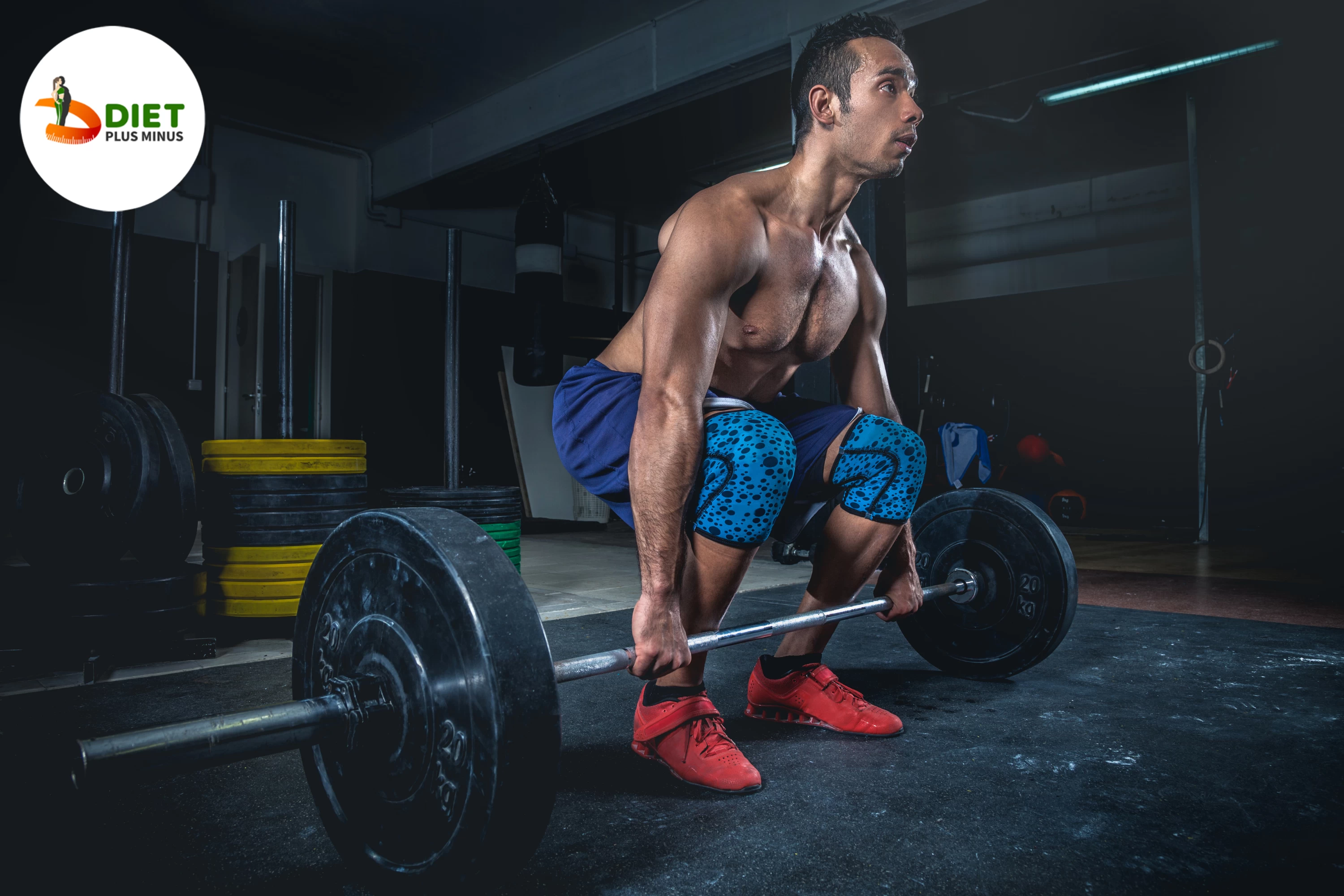Hamstrings: Stiff Leg Deadlift

Hamstrings & SLDL
SLDLs work the hamstrings, glutes, and lower back. SLDLs involve straight legs and less quadriceps activation than conventional deadlifts. Elongating the hamstrings from insertion to origin emphasises hamstring engagement.
To avoid injury, SLDL form must be maintained. Hinge at the hips with a slight knee bend and tighten your core and glutes. .
SLDLs can improve hamstring strength, mobility, and athletic performance. Progressive overload is possible with this exercise because you can change weight or rep ranges to challenge yourself while building strength and muscle.
Anatomy of the Hamstrings
The three hamstring muscles connect the pelvis to the knee. Biceps femoris, semimembranosus, and semitendinosus. Running, jumping, squatting, and deadlifting require strong hamstrings.
Stiff-legged deadlifts are popular hamstring exercises. Lowering a weight from a standing position with straight legs to just above or below your knees engages all three hamstring muscles. This exercise requires proper form to avoid injury and maximise benefits. Maintaining a straight back and core while slowly lowering yourself is crucial.
In addition to strengthening these muscles during exercises like stiff-legged deadlifts, it's also important to stretch them regularly to maintain flexibility and prevent injury. . Understanding the anatomy of these vital leg muscles can help people target them during workouts for optimal results.
Benefits of the SLDL
1. Strengthen Hamstrings: The Stiff Leg Deadlift is an effective exercise for strengthening the hamstrings, which are a key muscle group in the lower body. SLDLs improve hamstring strength and athletic performance. Stronger hamstrings also protect knees and hips.
2. Improved Balance: SLDLs improve core stability and balance. SLDLs improve balance and coordination because you must control your body's movements.
3. Better Posture: The Stiff Leg Deadlift strengthens lower back, glutes, and hamstrings, improving posture over time. .
Try this exercise to strengthen your hamstrings and improve your balance and posture!
Proper Form for Executing the SLDL
To avoid injury and maximise muscle activation, SLDLs must be done properly. SLDL: Stand with feet hip-width apart, hinge at the hips, keep your back straight, and engage your core. To avoid locking your knees, bend them slightly.
Focus on stretching your hamstrings while keeping a slight knee bend as you lower yourself. Avoid rounding your back or lifting with it to avoid injury and shift focus from the hamstrings to other muscles. Instead, lift with a straight spine and push through your heels.
Finally, move slowly and deliberately through the exercise. Doing so activates more muscles during each rep and reduces stress on joints like knees and lower backs, which can be injured if overworked or loaded too quickly. Remember that good form is essential for getting the most out of SLDLs and avoiding injury!
Muscles Involved in the SLDL
Stiff leg deadlifts work the hamstrings and lower back. This exercise requires straight legs, hip hinges, and a flat back. This movement activates hip extension and knee flexion posterior chain muscles.
SLDL targets hamstrings. Biceps femoris, semitendinosus, and semimembranosus make up the hamstrings. These muscles help you bend your knees and extend your hips with good posture.
SLDL works glutes, erector spinae, and hamstrings. . Erector spinae keeps spinal alignment throughout this exercise. .
Common Mistakes to Avoid
Hamstring engagement is a common stiff leg deadlift mistake. Ineffective workouts and injury can result. To avoid this mistake, actively squeeze your hamstrings during each repetition to focus on the mind-muscle connection. Maintaining proper form throughout the exercise maximises hamstring engagement.
Many stiff leg deadlifters use too much weight. Lifting heavier weights for a more intense workout can increase your risk of injury and decrease its effectiveness. Start with a weight you can handle and increase as you get stronger.
Beginners often neglect breathing during stiff leg deadlifts. Proper breathing improves performance and reduces injury risk. Inhale before lowering the weight to your feet and exhale when lifting back up to standing position. .
Conclusion
Stiff leg deadlifts strengthen hamstrings. It works the semitendinosus, semimembranosus, and biceps femoris in your back. Bending forward from the hips and lifting a weighted barbell or dumbbells requires straight knees.
For safety, stiff leg deadlifts must be done properly. Avoid rounding or arching your back while moving. Stabilize your spine by engaging your core muscles.
Stiff leg deadlifts strengthen hamstrings, improving athletic performance and reducing the risk of hamstring strains. Strong hamstrings also improve balance when walking, running, or climbing stairs. Don't forget to stretch after each session to help prevent soreness and aid in recovery!
In Short:
Steps involved:
-
Stand with your feet shoulder width apart, keeping barbell at your shins.
-
Keep your back straight and bend forward at your hips and keep your knees as fully extended as possible.
-
Hold the barbell and then extend your hips and maintain a straight back.
-
From standing position, lower the weight in a controlled manner.
-
You can either lower the weight to the floor or before you touch the floor as per your comfort.
Do’s:
-
Push your hips back rather than bending forward.
-
Keep your chest out and knees flexed to allow maximum tension in the hamstrings.
-
Always keep your arms straight throughout the motion.
-
Feet should remain flat throughout the exercise.
-
Do focus on supersets for better development of the muscle.
Don’ts:
-
Don’t bend your back throughout the entire range of motion.
-
Do not let the momentum do its job.
-
Do not perform the activity with heavy weights if you have a lower back problem.
